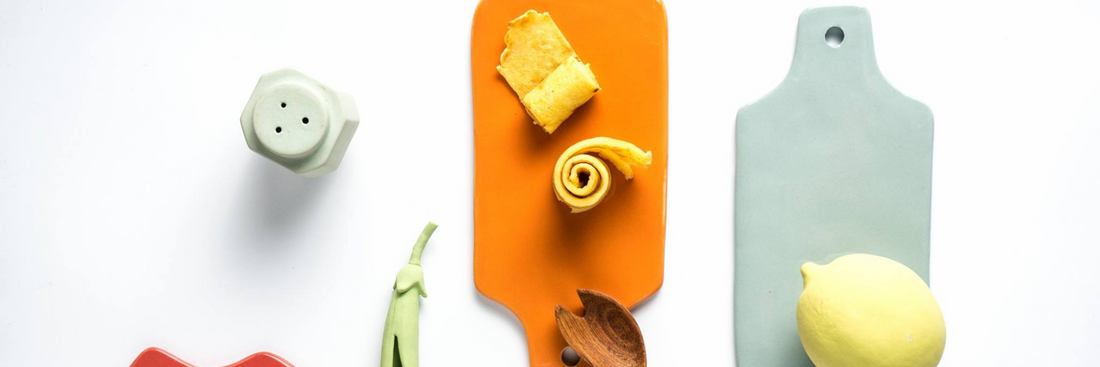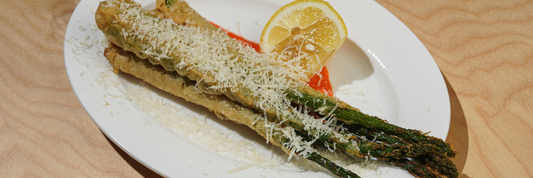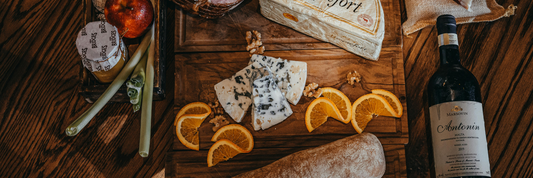Ceramic cutting boards are an increasingly popular choice in modern kitchens, offering a blend of practicality, aesthetics, and hygiene. Whether you're a professional chef or a home cook, understanding the features and benefits of ceramic cutting boards can help you make an informed choice. In this article, we’ll explore the characteristics, advantages, and care tips for ceramic cutting boards, as well as answer some frequently asked questions.
What is Ceramic Cutting Board?
A ceramic cutting board is a kitchen tool made from high-quality ceramic material, often coated with a durable glaze. These boards are designed to provide a hard, non-porous surface for food preparation. Unlike traditional wooden or plastic cutting boards, ceramic boards are known for their sleek design, durability, and resistance to odors and stains.

Types of Cutting Boards: Comprehensive Guide to Choosing the Right One
Advantages of Ceramic Cutting Boards
Durability and Hardness
Ceramic cutting boards are exceptionally durable and resistant to scratches. Their hard surface can withstand heavy chopping and cutting without significant wear and tear, making them a long-lasting choice for kitchen use.
Non-Porous Surface
The non-porous nature of ceramic prevents the absorption of liquids, odors, and bacteria. This feature ensures a hygienic food preparation surface, especially when handling raw meat, fish, or other perishable ingredients.
Easy to Clean
Cleaning a ceramic cutting board is effortless. Most can be hand-washed with mild detergent or placed in the dishwasher for convenience. The glazed surface prevents food particles from sticking, simplifying cleanup.
Aesthetic Appeal
Ceramic boards come in a variety of colors, patterns, and designs, adding a touch of elegance to any kitchen. They often double as serving platters for cheese, fruits, or appetizers, making them versatile additions to your kitchenware.
Heat Resistance
Many ceramic cutting boards are heat-resistant, allowing them to be used as trivets for hot pots and pans. This multi-functionality enhances their value in the kitchen.

Disadvantages of Ceramic Cutting Boards
Brittleness
While ceramic is durable, it is also brittle. Dropping a ceramic cutting board can result in cracks, chips, or complete breakage. It’s essential to handle them with care to ensure longevity.
Knife Wear
The hard surface of ceramic cutting boards can be tough on knives, causing the blades to dull faster than when used on softer surfaces like wood or plastic. Regular knife sharpening is necessary for those who use ceramic boards frequently.
Weight
Ceramic boards tend to be heavier than their plastic or wooden counterparts, which might make them less convenient for some users.
How to Choose the Right Ceramic Cutting Board
When shopping for a ceramic cutting board, consider the following factors:
- Size and Shape: Choose a size that fits your kitchen space and suits your cooking needs. Rectangular boards are versatile, while round or decorative shapes may be better for serving.
- Thickness: A thicker board offers more durability and stability but might be heavier.
- Design and Color: Match the board’s design with your kitchen aesthetics or dining setup.
- Brand Reputation: Opt for reputable brands that offer quality ceramic products to ensure safety and durability.

How to Care and Maintain Ceramic Cutting Boards
To maximize the lifespan of your ceramic cutting board, follow these tips:
- Avoid Dropping: Always place the board securely on a countertop or cutting station to minimize the risk of falls.
- Use Proper Tools: Avoid using ceramic knives on ceramic cutting boards to reduce wear on both the knife and the board.
- Clean Promptly: Wash the board after each use to prevent stains and residue buildup.
- Store Safely: Store the board in a safe location, away from heavy objects that could cause damage.
FAQs About Ceramic Chopping Boards
Are ceramic cutting boards safe for knives?
While ceramic boards are safe to use, they can dull knives faster than wood or plastic boards. Regular sharpening is recommended to maintain knife performance.
Can I put a ceramic cutting board in the dishwasher?
Yes, most ceramic cutting boards are dishwasher-safe. However, check the manufacturer’s instructions to confirm.
Are ceramic cutting boards heat-resistant?
Many ceramic boards are heat-resistant and can be used as trivets. Always verify the product specifications.
How do I prevent my ceramic cutting board from slipping?
Place a damp kitchen towel or non-slip mat under the board to keep it stable during use.
Is a ceramic cutting board worth the investment?
Ceramic cutting boards are an excellent choice for those seeking durability, hygiene, and aesthetic appeal. However, consider their limitations, such as knife wear and brittleness, before purchasing.
Conclusion
Ceramic cutting boards are a versatile and stylish addition to any kitchen. They combine functionality with aesthetic appeal, making them ideal for both food preparation and serving. While they require careful handling and maintenance, their durability and hygienic properties make them a worthwhile investment for many home cooks and professionals alike.




